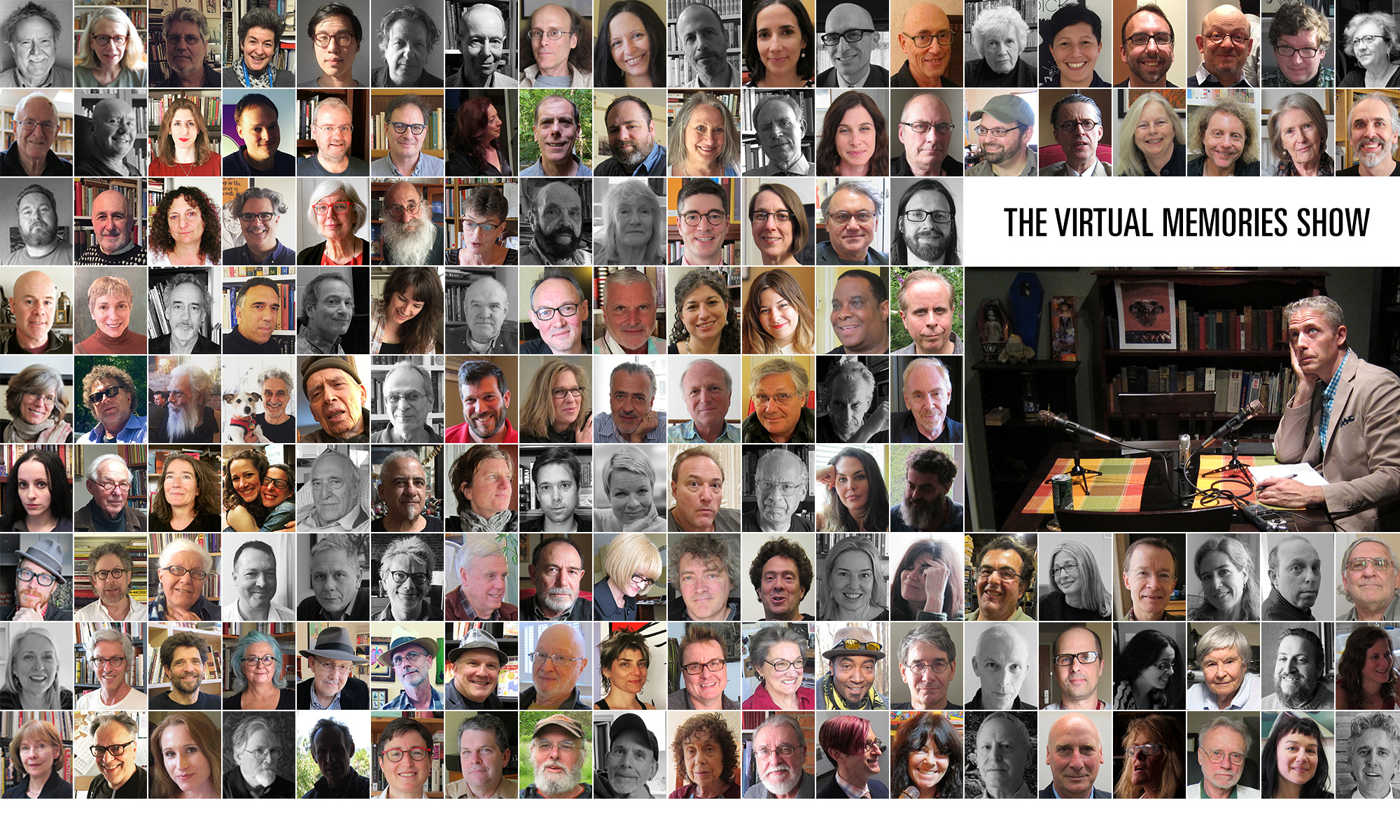Frank Hughes on the importance of the Royal Academy for revitalizing the fine arts:
[W]hen everything is included in the game, there is no game to be ahead of. A string of brush marks on a lace collar in a Vel�squez can be as radical as the shark that an Australian caught for a couple of Englishmen some years ago and is now murkily disintegrating in its tank on the other side of the Thames. More radical, actually.. . .
In the 45 years that I’ve been writing criticism there has been a tragic depreciation in the traditional skills of painting and drawing, the nuts and bolts of the profession. In part it has been caused by the assumption that it’s photography and its cognate media–film and TV–that tell the most truth about the visual.
It’s not true. The camera, if it’s lucky, may tell a different truth to drawing–but not a truer one. Drawing brings us into a different, a deeper and more fully experienced relation to the object. A good drawing says: “not so fast, buster”. We have had a gutful of fast art and fast food. What we need more of is slow art: art that holds time as a vase holds water: art that grows out of modes of perception and whose skill and doggedness make you think and feel; art that isn’t merely sensational, that doesn’t get its message across in 10 seconds, that isn’t falsely iconic, that hooks onto something deep-running in our natures. In a word, art that is the very opposite of mass media.
I have a lot of thoughts on this subject, and I’ll try to write about it next week. I’m heading off to the big biotech conference in San Francisco tomorrow, which’ll be followed by a leisurely drive down the California coast to visit friends in San Diego, but I’ll try to get some blogging in (and maybe post some neat pix from the trip in progress).
Thanks to Arts & Letters for the link.
